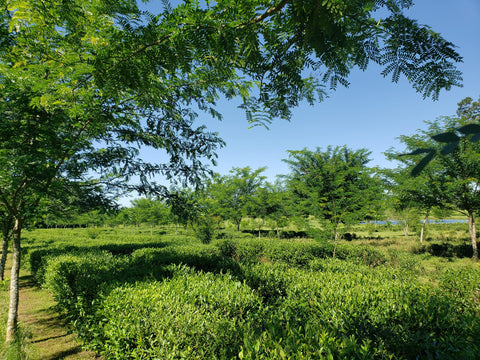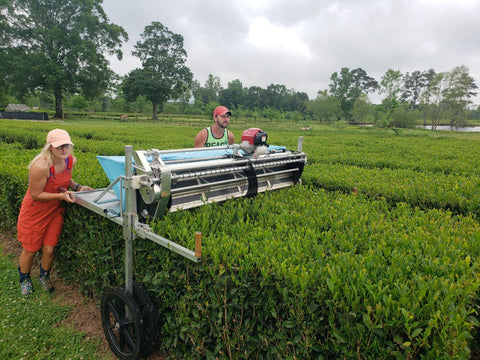Tea, one of the most widely consumed beverages in the world, has a rich history spanning centuries. Traditionally grown in cooler regions with moderate climates, tea plants (Camellia sinensis) have adapted to diverse environments, including regions with high temperatures. In this blog post, we will explore the remarkable resilience of tea plants in hot climates and their ability to thrive despite challenging conditions.
Adaptations to Heat:
Tea plants have developed several physiological and morphological adaptations that enable them to withstand and flourish in hot climates. These adaptations include:
-
Leaf Morphology: Tea plants possess narrow and elongated leaves that help reduce the surface area exposed to sunlight. This leaf shape aids in minimizing water loss through transpiration, a crucial factor in conserving moisture during periods of high heat.
-
Thick Cuticle: The outer layer of tea leaves, known as the cuticle, is thicker than that of many other plant species. This waxy layer acts as a protective barrier, reducing water loss through evaporation and shielding the leaves from excessive heat and UV radiation.
-
Trichomes: Tea leaves are covered in tiny hair-like structures called trichomes. These trichomes provide shade, reflecting sunlight and reducing the amount of heat absorbed by the leaves. They also trap moisture, creating a microclimate around the leaf surface and reducing water loss.
-
Deep Root System: Tea plants develop an extensive and deep root system that enables them to access water from deeper soil layers. This adaptation helps them endure periods of drought and maintain hydration during hot spells.
-
Photosynthetic Efficiency: Tea plants have a unique photosynthetic pathway called C4 photosynthesis, which allows them to optimize carbon dioxide uptake even under high-temperature conditions. This efficient photosynthetic mechanism helps tea plants continue producing energy and vital compounds for growth during heat stress.
Cultivation Techniques in Hot Climates:

Tea cultivation in hot climates requires careful management and innovative techniques to ensure optimal plant growth and tea quality. Some strategies employed by tea growers include:
-
Shading: In regions with intense heat, shading structures are used to protect tea plants from direct sunlight. This technique helps maintain a cooler microclimate, reducing stress and preventing leaf damage. We have grown trees in between the blocks of tea plants to provide dapple shade to cut down on the direct sun impacts.
-
Irrigation: Proper irrigation is critical to tea cultivation in hot climates. Drip irrigation systems and efficient water management techniques are employed to supply an adequate amount of water while minimizing wastage.
-
Mulching: Applying a layer of organic mulch around the base of tea plants helps conserve soil moisture and regulate soil temperature. Mulching also suppresses weed growth, reducing competition for water and nutrients. We mulch simply by chopping and dropping the tea branches from early trimmings.
What is the optimal temperatures for tea plants?
The best range of temperatures for tea plants to thrive in is 21c/69f - 29c/84f. But it isn't just about the temperature. Moisture and humidity are also key.
Tea plants have exhibited remarkable adaptability to heat, making them suitable for cultivation in hot climates. Through their leaf morphology, thick cuticle, trichomes, deep root systems, and efficient photosynthetic mechanisms, tea plants have developed a range of adaptations to thrive under challenging conditions. Coupled with innovative cultivation techniques such as our harvester, these adaptations allow us tea growers to produce high-quality tea in regions with intense heat.

As the demand for tea continues to rise globally, understanding the resilience of tea plants in hot climates becomes increasingly valuable for sustainable tea production in the face of climate change.



Leave a comment